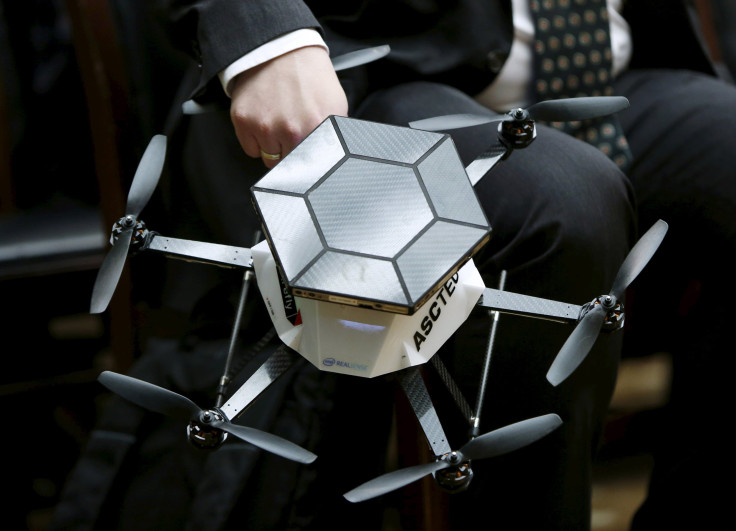Despite New FAA Drone Restrictions, Proper Legislation Needed Urgently

The Federal Aviation Authority passed an order restricting the unauthorized use of drones over the Statue of Liberty and other such landmarks, adding to the existing list of no-fly zones for drones in the United States.
“At the request of U.S. national security and law enforcement agencies, the Federal Aviation Administration (FAA) is using its existing authority under Title 14 of the Code of Federal Regulations (14 CFR) § 99.7 – “Special Security Instructions” – to address concerns about unauthorized drone operations over 10 Department of the Interior (DOI) sites, including the Statue of Liberty and Mount Rushmore,” FAA said in its press release Thursday.
Apart from the Statue of Liberty and Mount Rushmore, other landmarks where the use of drones has been restricted include:
- The Boston National Historical Park, Boston
- The Independence National Historical Park, Philadelphia
- The Folsom Dam, Folsom, California
- The Glen Canyon Dam, Lake Powell, Arizona
- The Grand Coulee Dam, Grand Coulee, Washington State
- The Hoover Dam, Boulder City, Nevada
- The Jefferson National Expansion Memorial, St. Louis, Missouri
- The Shasta Dam, Shasta Lake, California
The restrictions go into effect next Thursday. To ensure the general public is aware of these restrictions, FAA has issued an interactive online map that is available on both its website and its B4UFLY app. According to the press release, violation of the restrictions could result in civil penalties and even criminal charges.
The FAA restriction is just one of the steps that have been taken to regulate the unauthorized use of drones. The Pentagon approved a policy in August allowing military bases to shoot down private and commercial drones that were considered a threat. Even FAA previously tried to get all drones in the U.S. registered, but this order was struck down by a Washington D.C. Appeals court in May.
The Pentagon order did not manage to discourage the illegal usage of drones. A civilian drone, which was flying illegaly over a residential area crashed into a U.S. Army Black Hawk last Friday, causing damage to its rotor blades.
Among other similar incidents that sparked safety concerns, in July, a 52-year old man was caught flying a drone just 20 feet below a passenger plane while it was landing at the John F. Kennedy International Airport in New York City. In April 2016, a drone struck a packed British Airways jet that was preparing to land at the Heathrow Airport, London.
Apart from the orders like these, a legislation to regulate the use of drones is the need of the hour, because the arbitrary implementation of orders, as detailed by a Motherboard report in June 2016, has not been effective in nabbing the accused in different cases.
Congress has been slow in taking action in this regard. While a similar approach was seen when it came to technologies such as self-driving, thanks to the efforts of the players in the auto sector, the U.S. now has a self-driving law.
The legislation, if passed, would not only regulate but even help make the usage of drones more efficient since users will be clear on how they can use the drones more effectively, and manufacturers would be able to regulate and impose restrictions such as geo-fencing at their end.
Drones are expected to have increased commercial applications such as making deliveries or even assisting agriculture, which makes the regulation even more important.
© Copyright IBTimes 2025. All rights reserved.



















